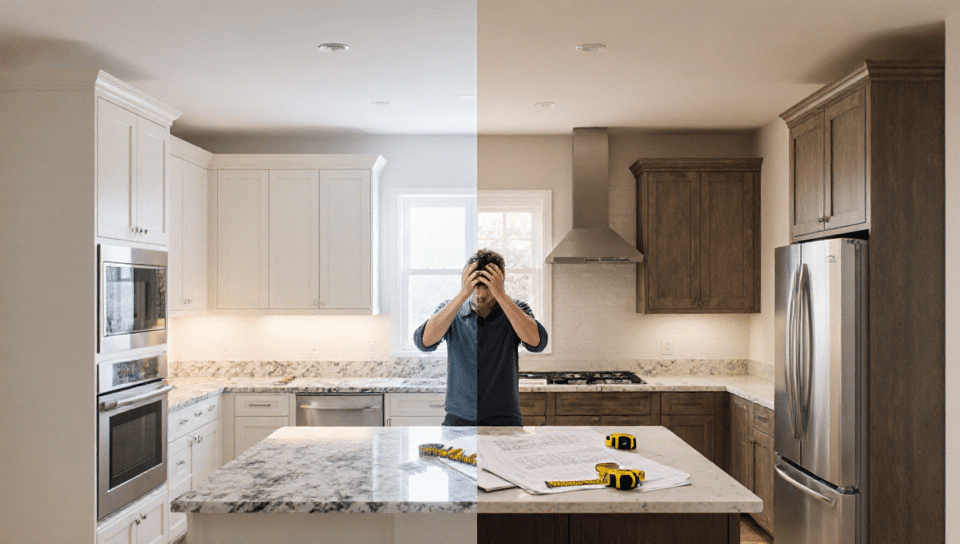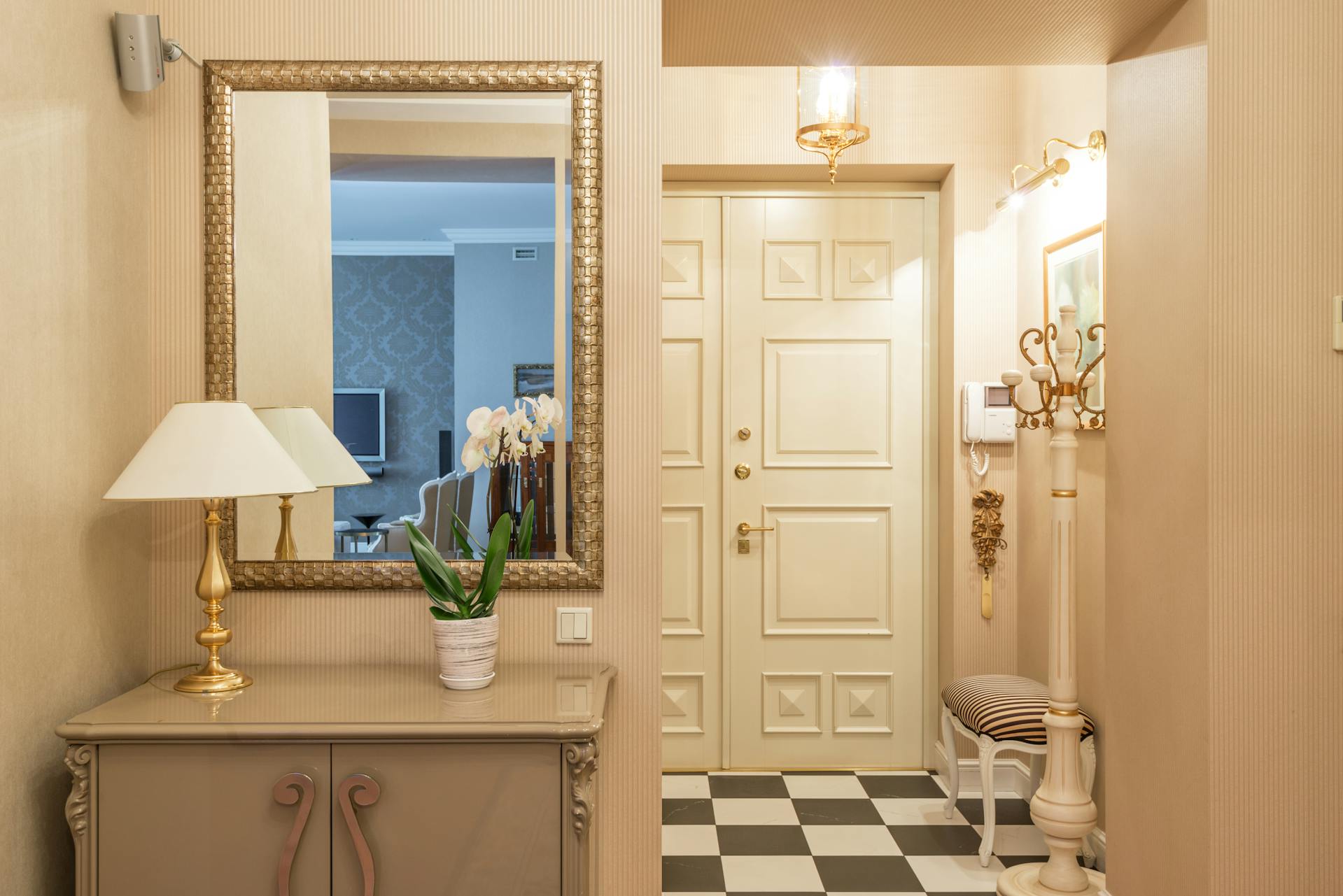There’s a particular feeling that washes over you when you walk into a truly healthy home. The air feels cleaner, somehow lighter. The spaces feel welcoming rather than stuffy. Everything simply works the way it should. This isn’t magic—it’s the result of thoughtful attention to the elements that transform a house from merely a place to sleep into a genuine sanctuary that supports your wellbeing and your family’s health.
Whether you’re a new homeowner just beginning this journey or a seasoned resident looking to elevate your living environment, these strategies will help you build the safe, comfortable haven you deserve.
Understanding Your Home’s Hidden Health Factors
Before diving into solutions, it’s worth understanding what actually affects the healthfulness of your living space. Most of us think about obvious factors like cleanliness and ventilation, but the reality is far more nuanced. Your home is an ecosystem where multiple elements interact—water quality, air circulation, humidity levels, the condition of surfaces and furnishings, and the reliability of essential systems all play interconnected roles.
Consider water, for instance. We turn on taps dozens of times daily without a second thought, yet the quality of what flows through those pipes affects everything from your morning shower to the beverages you drink to the meals you prepare. Australian water supplies are generally safe, but they’re not perfect. Various contaminants can enter water systems through aging infrastructure, environmental pollution, or treatment processes themselves. Some of these substances have only recently entered public consciousness, yet their potential health implications deserve attention.
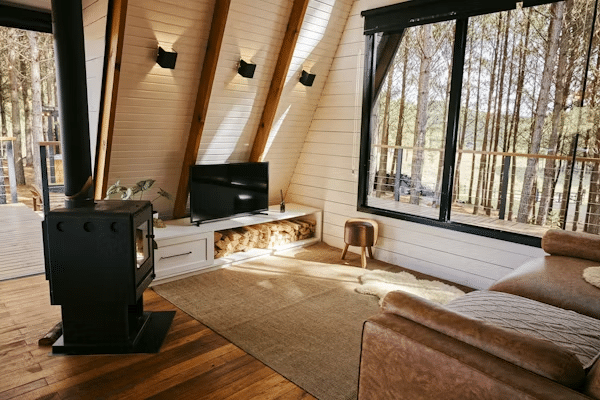
The Foundation of Health: Ensuring Pure Water Throughout Your Home
Water is fundamental to life, and the quality of water in your home directly impacts your family’s health in ways both obvious and subtle. We use it for drinking, cooking, bathing, cleaning, and countless other daily activities. When that water contains contaminants—even at low levels—the cumulative exposure over months and years can have consequences.
Australian water authorities work diligently to provide safe drinking water, treating supplies to remove pathogens and hazardous materials. However, treatment processes have limitations, and certain contaminants can persist through treatment or enter the water system afterward through aging pipes and infrastructure. Additionally, new contaminants of concern continue to emerge as our understanding of environmental chemistry evolves.
Research into PFAS health effects is ongoing, but studies have linked exposure to various concerns including impacts on the immune system, hormone disruption, and potential effects on child development. While Australian water authorities monitor for PFAS, levels can vary by location, particularly in areas near industrial sites, airports where firefighting foam was used, or military bases. The presence of these chemicals in some Australian water supplies has prompted many families to seek additional protection beyond municipal treatment.
Addressing water quality concerns at the household level has become increasingly accessible. Point-of-use filtration systems can target specific contaminants, providing an additional barrier of protection for your family. For those concerned about PFAS specifically, specialized filtration technology exists that can effectively reduce these persistent chemicals from your drinking water. Installing a quality pfas water filter in Australia system designed to tackle these stubborn contaminants offers peace of mind, particularly for families with young children or those living in areas where PFAS has been detected. These systems use advanced filtration media specifically engineered to capture and remove PFAS molecules, something that standard carbon filters alone cannot accomplish effectively.
When evaluating water filtration options, consider your household’s specific needs and concerns. Some families prioritize filtration at the kitchen tap for drinking and cooking water. Others prefer whole-house systems that treat all water entering the home, including water used for bathing and laundry. The right choice depends on your water quality test results, budget, and health priorities. Many filtration companies offer water testing services that can identify which contaminants are present in your specific supply, allowing you to choose a system matched to your actual needs rather than guessing.
Temperature management also plays a role in water safety. Hot water systems should maintain temperatures high enough to prevent bacterial growth, particularly Legionella bacteria that can cause serious illness. However, excessively hot water poses scalding risks, especially for children and elderly family members. Finding the right balance—typically around 60 degrees Celsius at the tank and 50 degrees at outlets—provides safety without excessive risk.
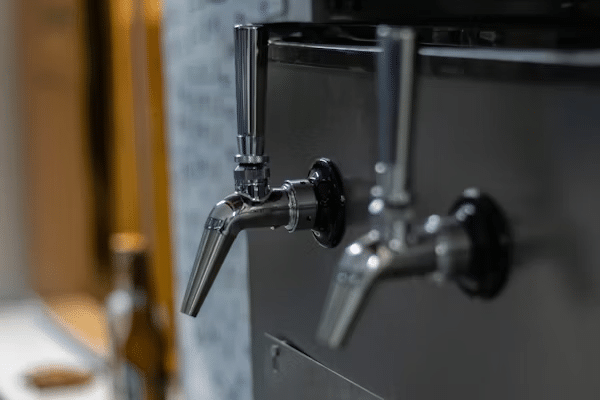
Creating Clean, Healthy Indoor Environments
While water quality forms one pillar of home health, the surfaces we live with daily represent another crucial element. Our homes accumulate an astonishing amount of particulate matter—dust, skin cells, outdoor pollutants tracked inside, pet dander if you have animals, and countless microscopic particles that settle onto every surface. Hard floors and furniture are relatively easy to clean with regular wiping and vacuuming, but soft surfaces present a more complex challenge.
Carpets, rugs, and upholstered furniture act as enormous filters, trapping particles that would otherwise remain airborne. In one sense, this is beneficial—those particles aren’t floating around for you to breathe. However, they accumulate over time, and when disturbed by foot traffic or sitting on furniture, they release back into the air. Even with regular vacuuming, conventional home vacuum cleaners only remove surface-level dirt and lack the power to extract what’s embedded deep in carpet pile or upholstery fibers.
The frequency of professional cleaning depends on several factors—household size, presence of pets, whether shoes are worn indoors, local air quality, and individual health considerations. Homes with young children who play on floors, families with pets, or individuals with respiratory sensitivities benefit from more frequent professional attention. Even homes without these factors should consider professional deep cleaning annually to maintain optimal indoor air quality and extend the life of carpeting and furniture.
When seeking professional cleaning services, look for companies using modern, effective methods that don’t rely on harsh chemicals or leave excessive moisture that can lead to mold issues. Steam cleaning, when done properly with appropriate equipment, effectively sanitizes while using minimal chemicals. For Melbourne’s western suburbs, families in Werribee and surrounding areas have access to professional services that understand local needs and conditions.
Engaging specialists in carpet steam cleaning werribee who use eco-friendly approaches ensures your home gets thoroughly clean without introducing new chemical concerns, particularly important for households with children or pets who spend time on floors. Quality services extract moisture effectively during the cleaning process, preventing mold issues while removing the accumulated allergens and contaminants that compromise your indoor environment.
Beyond professional cleaning, daily habits significantly impact how quickly your carpets and furnishings become contaminated. Implementing a shoes-off policy at entry points dramatically reduces the amount of outdoor pollutants tracked inside. Regular vacuuming with a quality machine equipped with HEPA filtration captures particles without releasing them back into the air. Addressing spills immediately prevents staining and mold growth. These simple practices extend the time between professional cleanings while maintaining a healthier baseline environment.
Indoor plants deserve mention as natural air purifiers. Species like peace lilies, spider plants, and snake plants actively filter certain airborne toxins while adding beauty and psychological benefits to your spaces. They’re not a complete solution but rather part of a comprehensive approach to indoor air quality. Just ensure you don’t overwater, as excessive moisture in plant soil can contribute to mold issues.
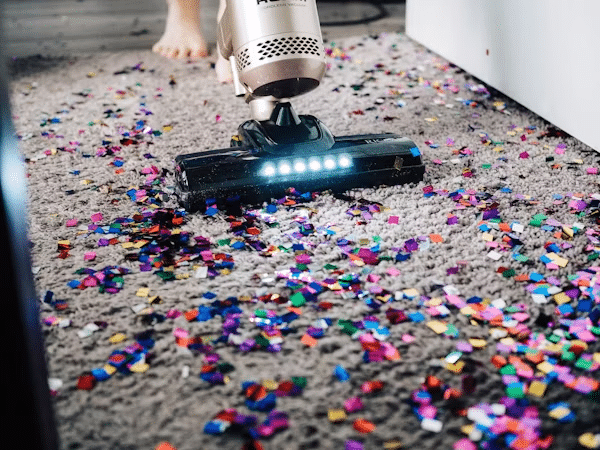
Protecting Your Home’s Critical Infrastructure
A healthy home isn’t just about water quality and clean surfaces—it also requires reliable, properly functioning infrastructure. The systems running through your walls and under your floors work constantly, usually without any thought from you, until something goes wrong. When plumbing fails, the consequences range from inconvenient to catastrophic.
Australian homes face unique plumbing challenges. Our climate extremes—from scorching summers to surprisingly cold winters in some regions—stress pipes and fixtures. Mineral content in water supplies, particularly in certain areas, leads to scale buildup that restricts flow and damages fixtures over time. Tree roots, drawn to water sources, infiltrate sewer lines causing blockages. And homes built decades ago often have aging plumbing infrastructure approaching the end of its useful life.
Common plumbing problems include dripping taps that waste water and money, running toilets that can waste hundreds of liters daily, slow drains indicating partial blockages, water pressure issues suggesting pipe problems, and the dreaded burst pipe that can flood your home with shocking speed. Many of these issues develop gradually, giving subtle warning signs before becoming emergencies—if you know what to watch for.
Despite best preventive efforts, plumbing emergencies still happen. Pipes burst, drains completely block, hot water systems fail at the worst possible time. When these crises strike, rapid response is essential to minimize damage and restore function. Water damage from burst pipes can destroy furnishings, flooring, and even structural elements within hours if not addressed immediately. A blocked sewer line isn’t just inconvenient—it’s a health hazard that requires urgent attention.
For Sydney residents, having access to reliable emergency plumbers in Sydney services that respond quickly when disaster strikes provides invaluable peace of mind. These specialists understand that plumbing emergencies don’t respect business hours, offering 24/7 availability when you need help at 2 AM on Sunday morning.
They arrive equipped to handle various scenarios, from burst pipes requiring immediate shutdown and repair to blocked drains needing professional clearing equipment to failed hot water systems that need replacement. Quality emergency plumbing services combine technical expertise with rapid response, getting your household back to normal as quickly as possible while preventing further damage.
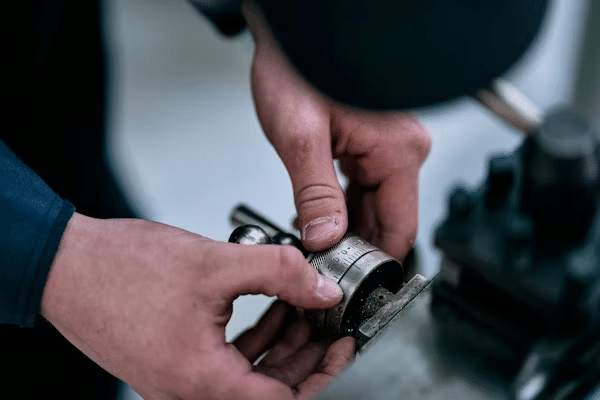
Your Haven Awaits
The concept of home as sanctuary is ancient and universal—we instinctively seek spaces where we feel safe, comfortable, and at peace. But creating a true sanctuary in the modern world requires more than just four walls and a roof. It demands attention to the invisible factors.
The Australian lifestyle celebrates indoor-outdoor living, family time, and making the most of our incredible natural environment. Your home should be the base that enables this lifestyle—a place you return to with relief, where you recharge and reconnect, where your family creates memories without underlying health concerns or infrastructure stress compromising your peace of mind.
The path to a healthier home isn’t complicated or overwhelming. It starts with understanding what matters, continues with thoughtful attention to key systems and surfaces, and succeeds through consistent maintenance and prompt attention when issues arise. The rewards—better health, greater comfort, lower stress, and the confidence that comes from knowing your home genuinely protects and nurtures your family—make every effort worthwhile.
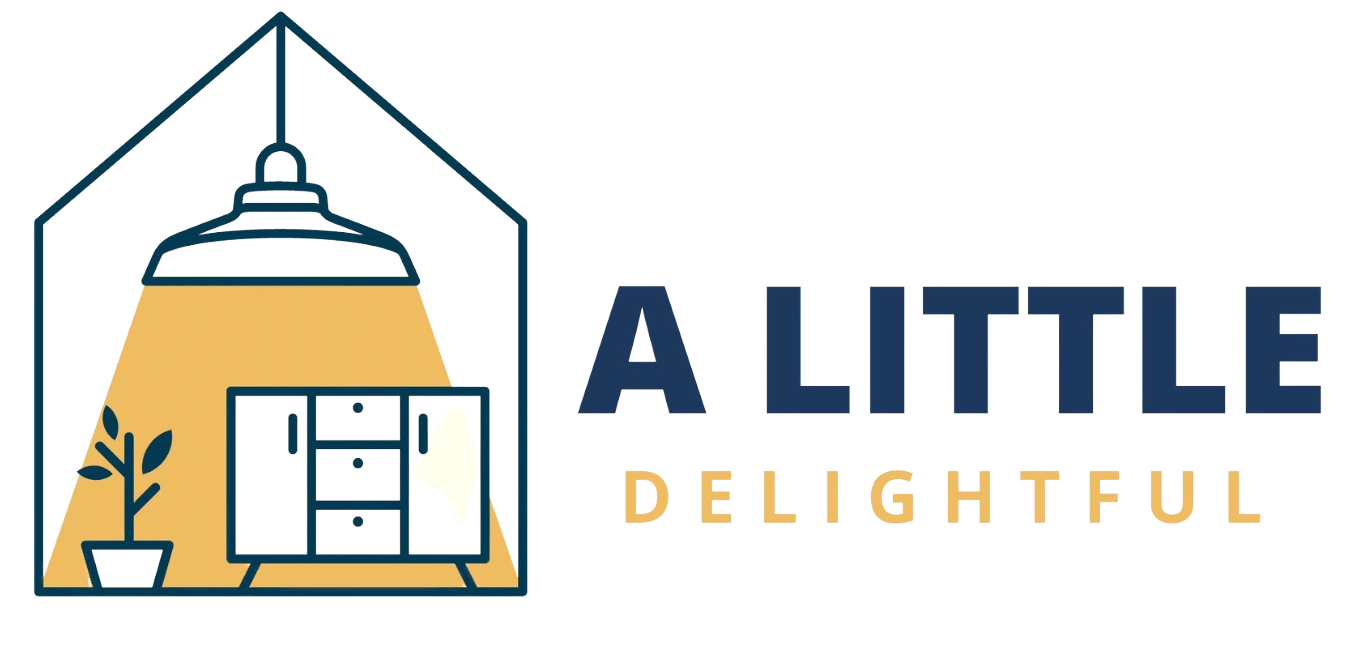
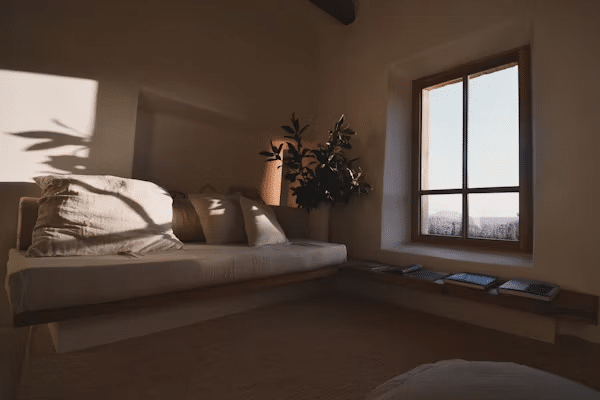

![Is the AlivingHome Wall Hugger Reclining Sofa Space-Saving? [My Real Review]](https://alittledelightful.com/wp-content/uploads/2025/11/word-image-128727-1.png)


